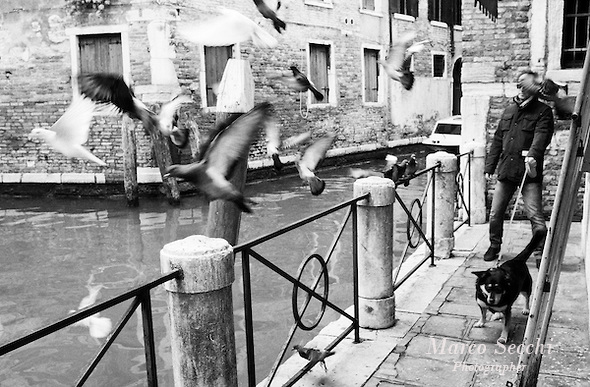15 things +1 (I try) to avoid in Street Photography
/..I have specified I TRY to avoid .... ....
- Using more than one lens per day for street photography. I prefer a 35mm or occasionally a 50mm
- Checking the LCD screen after taking photos on the streets (Chimping)
- Letting criticism affect me negatively. Rather, I try to use it to empower me to find weaknesses in my work.
- Leaving the house without a camera
- Spending a lot of time looking at photos online ; rather I spend more time shooting
- Forgetting how lucky I am to be able to go out and take photos everyday
- Mixing my digital and film photos in a project
- Letting the number “likes” dictate whether a photo is good or not
- Taking a photo of someone on the streets without saying “thank you” or smiling at them
- Hesitating before taking a street photograph
- Shooting to please my critics
- Recommending lenses longer than 50mm for street photography
- Making excuses when a photo doesn’t work. It is shit end of the story
- Taking photos without emotion and without your heart
- Uploading photos online until letting it “marinate” for few weeks
+1. Comparing myself to other photographers











